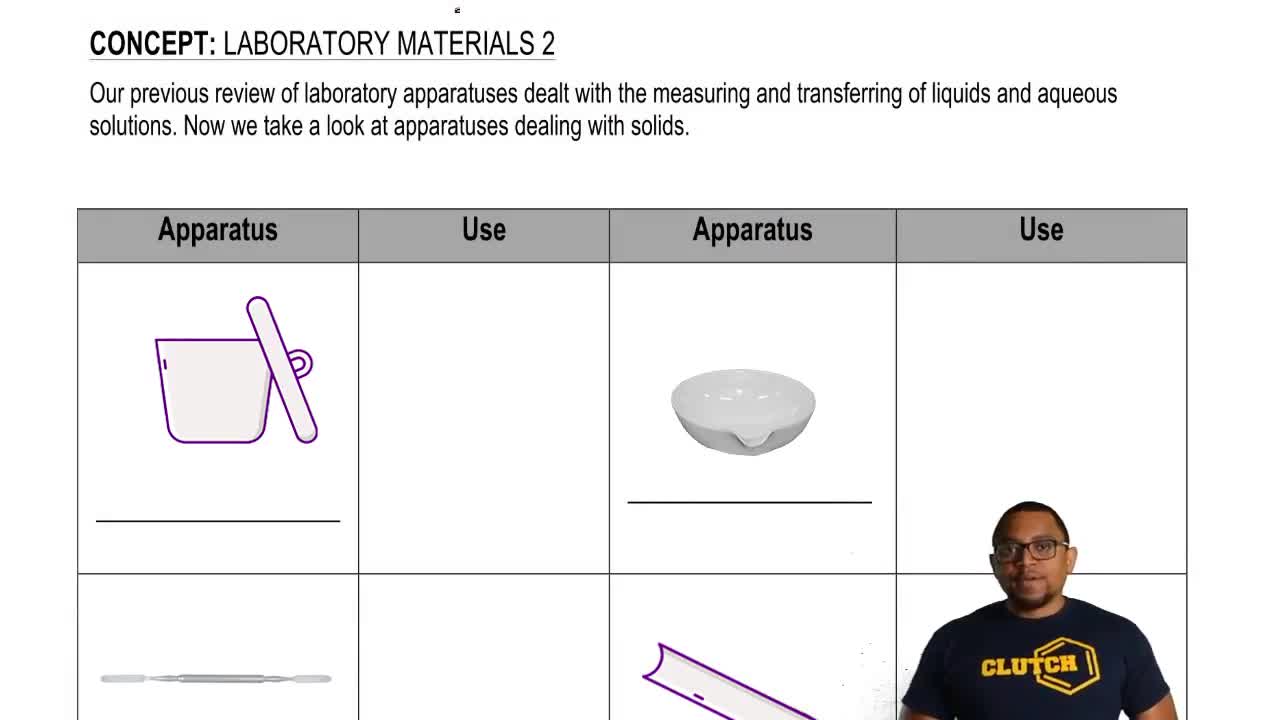Here are the essential concepts you must grasp in order to answer the question correctly.
Composite Materials
Composite materials are made from two or more constituent materials with significantly different physical or chemical properties. In the case of silicon carbide-reinforced alumina, the combination enhances mechanical properties such as strength and toughness. The reinforcement helps to distribute stress more evenly, preventing failure and improving overall performance.
Recommended video:
Mechanical Properties: Strength and Toughness
Strength refers to a material's ability to withstand an applied load without failure, while toughness is the ability to absorb energy and deform plastically without fracturing. Silicon carbide, being a hard and strong material, contributes to the overall strength of the composite, while its ability to inhibit crack propagation enhances toughness, making the composite more resilient than pure alumina.
Recommended video:
Reaction Mechanism Overview
Crack Propagation and Fracture Mechanics
Fracture mechanics studies how cracks propagate in materials and how they can be prevented. In silicon carbide-reinforced alumina, the presence of silicon carbide can impede crack growth by bridging cracks and redistributing stress. This mechanism not only increases the toughness of the material but also enhances its durability under mechanical stress compared to pure alumina.
Recommended video:
Reaction Mechanism Overview



